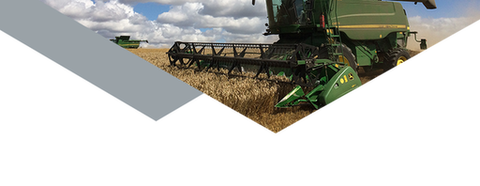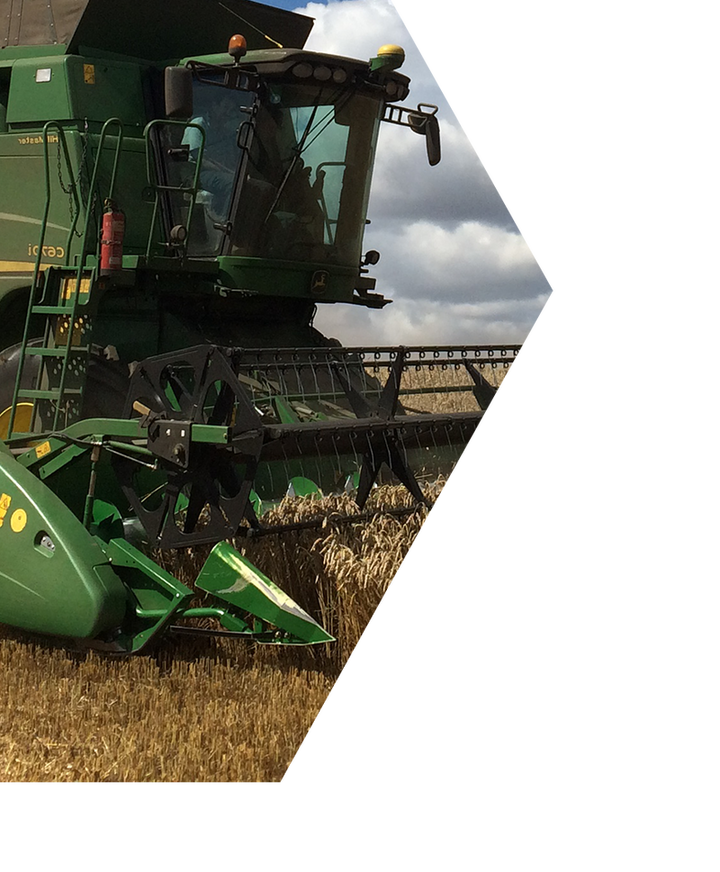


GLIMPSE™
Will we run out of food?
When given the opportunity to explain to a stranger about whether we can feed the planet’s future needs, we are often at a loss for words. It is an extremely complicated subject. As an industry we are not concerned about the challenges of improving productivity of meat, milk, eggs, or even of getting more yield from cereals and other soil-grown foods.
The real issue, however, is whether these conversations represent a missed opportunity to engage with consumers or influencers, with people involved in politics, finance, communications or marketing, and therefore a potential ally to our agricultural business.
So the question is, if you were in an elevator or seated by someone on a plane, how would you explain where agriculture is going to feed the world?
GLIMPSE was an acronym initially created from information gathered through a series of interviews with a group of leading agriculture and agribusiness experts. Later published research, sponsored by Alltech®, reviewed 1.3 million websites and using different social media algorithms, confirmed the value of GLIMPSE and the 7-factor framework.
When thinking about our ‘elevator’ conversations, it is useful to have GLIMPSE as a framework to recall the seven factors affecting agriculture’s ability to feed the planet. As agricultural ‘agvocates’, it is our duty to make it clear to the general population that farming, as an industry, is optimistic and capable of reaching the goal set by the FAO, to increase food production by 70% for 2050, and with relatively little help and less obstructions, they could achieve this sustainably.
G
GOVERNMENT
Government policies in agriculture are generally not seen as favourable to farmers.
Both Canada and the EU have demonstrated that when government policy dictates pricing, particularly in conjunction with quotas, it can encourage farmers to produce more food at higher prices than is economically acceptable. In some cases, government involvement in the market is being reduced but it remains an important factor as we move forward.
L
Losses
It is often said that 50% of the food in the western world is wasted by the consumer, primarily ‘on the plate’. In developing areas such as Africa and Asia, about 50% is wasted before the food even reaches the plate. Clearly this is important to meet the increased food needs of the world. Many of the changes required are small, such as protecting food during transportation, or simply assigning the right portion sizes.


Click any of the seven factors to read more
SUMMARY
I
INFRASTRUCTURE
Infrastructure is a major factor holding back farming’s ability to produce sufficient food.
Any efforts to improve logistics, supply chains, or reduce losses, for example through refrigeration, or control of vermin and insects, are extremely important in ensuring that more food reaches consumers economically and intact.
M
MARKETS
One of the most important reforms for ensuring farmers are encouraged to produce food is market access, which helps to increase the scope and scale of their business. Unfortunately, in many parts of the world farmers simply do not have this market access, or fair market pricing. Perhaps the agricultural supply chain is too long and each stage adds costs to the consumer with little benefit to the farmer.
The digital age has introduced potential transparency in pricing, alerting more isolated areas of what can be achieved, however this is only truly relevant if they are able to reach those markets.
P
POLITICS & POLICIES
In many corners of the world people are increasingly rejecting a career in agriculture. This is starving the businesses of critical human capital and from the perspective of producing enough food in the future using technology, it is important to get the best and brightest to be excited and interested in joining this quest.
S
SCIENCE
Misunderstandings with consumers about the scientific merits of technologies has limited their implementation. Some people reject technologies which can dramatically increase food productivity (such as GMOs), by viewing them as unsafe. Yet for markets where food is not as readily available, it’s challenging to understand why certain technologies used in food are viewed as riskier than not having any food at all. Science is tasked not only with better communication, but also fitting better with the needs of ‘prosumer’ demands.
E
ENVIRONMENT
There is a real need for food products to be environmentally friendly and sustainable. Some environmental laws appear to unduly penalise farmers, compared to other industries, and finding a balancing act between ensuring the long-term health of the planet and maximising agricultural productivity is a key for all.
